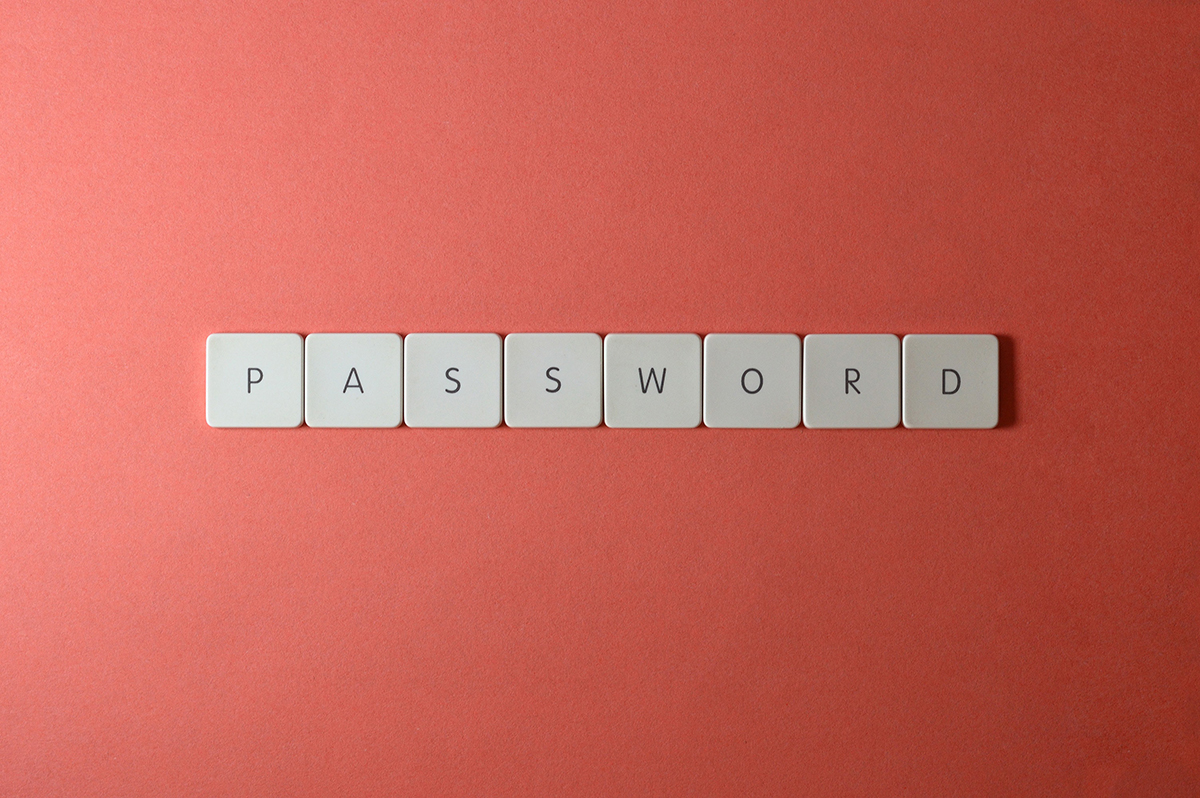Most of us don’t expect to fall victim to phishing messages and scams, but the reality is that this could happen to anyone when they least expect it. This is especially true with phishing emails, where scammers impersonate reputable companies in order to get a person’s personal information, such as passwords and credit card numbers. While it may seem simple not to fall prey to the “Nigerian prince” hoax, these days, scams have evolved and become a lot more complicated and convincing than they used to be.
Hence, it’s always important to stay vigilant in making sure you know what to look out for no matter how unsusceptible to scams you may think you are. So, here are some tips you can employ to avoid getting scammed and actionable steps you can take if you ever fall victim to one.
Never Share Your Bank OTP And SecureTAC With Anyone

Treat them and your personal information as you would treat your money. OTP or SecureTAC has become a method to unintentionally grant scammers access to your bank account and make money instantly. Protect them and don’t leave them exposed. Remember, scams happen when you let your guard down.
Always Be Cautious

One thing to note about scammers is that they’re always seen as genuine in order to get your personal information. Always make sure the emails, SMSes and calls you receive come from actual legitimate sources, instead of scammers pretending to be your bank, work, or a familiar organization. When in doubt, contact the organization’s customer service to verify such communication.
That being said, you can never be too safe or too thorough when protecting yourself from potential scams. Even though there have been many awareness campaigns warning people about these frauds, many still fall prey to financial fraud.

Here are some common red flags to look out for when engaging with something suspicious:
Unexpected Contact
Scams are often made through cold contact, such as unsolicited phone calls or emails from a familiar organisation – like your bank. More often than not, a reputable and legit organisation won’t contact you out of nowhere. And even if they do, you always have the option of asking them questions in return, or simply saying that you’ll call the organisation back at their official contact number to verify their authenticity.
Demanding You To Act Quickly
When it comes to scams, it’s always in the scammer’s best interest for you to act quickly, when you’re none the wiser. Anyone representing a legitimate organization would allow you to consider your response before demanding you to act. If you feel pressured to make a decision immediately, don’t hesitate to step away from the call or decline.

Check For Spelling And Grammatical Errors
If you receive an email filled with grammatical errors, it’s safe to assume that it is most probably a scam. Be sure to always check the sender’s email address carefully, and always double confirm to ensure that you don’t miss out on certain discrepancies.
Scammers often create emails that sound like legitimate organizations with small spelling errors in the name to confuse you. This can include subtle changes such as substituting a letter with a number that looks similar, or using a name that’s either close to the original or could pass off as a variant.
Additionally, take note that most organizations often use an email address that is tied to their official website rather than Gmail, Yahoo and so on.
Be Cautious About Links And Attachments In Emails
Always be careful and never open attachments or even click on links that are included in questionable-looking emails. Hover over URLs in emails to verify if the link is accurate to avoid clicking on a phishing link. You never know what kind of information these scammers can get when you click on to their links, which tend to look similar to legitimate websites.
You may also end up entering personal information or credentials unintentionally. Opening attachments, on the other hand, may quietly download and install malicious software on your computer.
What Happens If You’ve Already Been Scammed?

If you ever find yourself falling victim to a phishing scam, here are the steps you need to take in order to rectify the situation.
- Immediately report and notify your bank of the fraudulent charges or transfers and request for them to either deactivate your card or temporarily suspend your account until you receive a new one.
- Always ensure that the authorized mobile account connected to your banking app is accurate and has not been changed without your consent.
- Change your account password/PIN immediately.
It’s better to be safe than sorry. If you ever come across something that seems suspicious, trust your instincts and act accordingly. Stay vigilant and stay safe!
This article is a public service announcement brought to you by CIMB.


